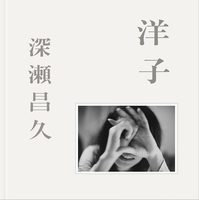$50.85
Back Ordering
Usually wait 25 days
- Hardcover
- 192 pages
- 211 × 185 mm
- ISBN 9784865411164
Since June 2017, I have been visiting Ryoichi Hishiya, now 98, who lives in Asahikawa City, Hokkaido, and Goro Matsumoto, now 99, who lives in Otofuke Town, Hokkaido, and have focused my lens on their daily lives. Their everyday life is very peaceful, reading books, watching movies, painting, chatting with friends, and playing with their great-grandchildren.
Both of them belonged to the art club at the same school when they were students, but both of them wanted to become teachers. And then one day, all of a sudden, they were put in prison.
In the early morning of September 20, 1941, Ryoichi Hishiya (19 years old at the time) and Goro Matsumoto (20 years old at the time), and some other students of the art club of Asahikawa Teachers' School, were arrested by the Special Higher Police on suspicion of violating the Peace Preservation Law when they were about to get up in their dormitory. Under the guidance of teacher Masago Kumada (a graduate of Tokyo University of Fine Arts and Music, now Tokyo National University of the Arts), the art club at the time was taught to observe the realities of life and society and draw pictures of the actual situation in order to seek a better way of life, rather than following their textbooks. But those paintings were suddenly found to be evidence of the crime for being anti-national and Communistic; the two were not painting with any strong ideology. They eventually ended up in Asahikawa Prison until December 26, 1942. And this is called the " Life Drawing Case".
On February 11, 1943, after his release from prison, Ryoichi Hishiya put on his sister's red hat and painted a self-portrait.




































